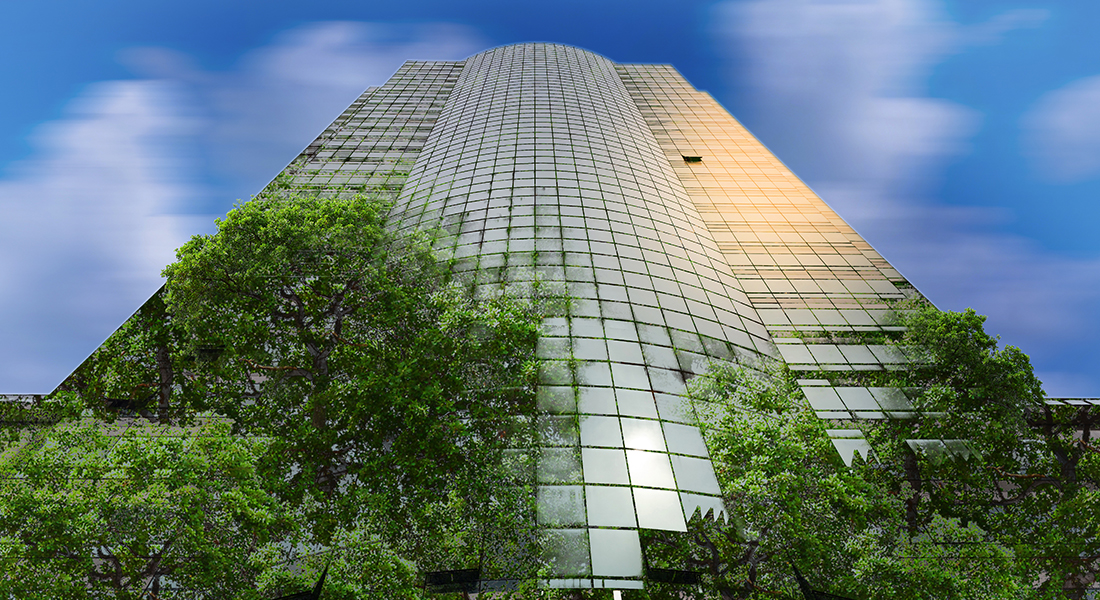
17 Aug BALANCING GROWTH WITH ENVIRONMENTAL RESPONSIBILITY
Reading Time: 2 minutesEnvironmental sustainability is defined as interacting responsibly with our planet to preserve natural resources, support environmental quality, and ensure that future generations are able to maintain an acceptable quality of life — especially when it comes to access to clean water and clean food. To that end, ESA Environmental Consultants is an indispensable partner in environmental sustainability. Here’s why…
ESA Environmental Consultants has been part of the sustainability movement since before sustainability was part of our everyday vocabulary. To date, ESA has undertaken nearly 5,000 environmental cleanup projects. We have removed close to 1,000 underground storage tanks, remediated untold volumes of contaminated soil, and mitigated groundwater pollution all around the state of New Jersey. What does all this mean? Simply put, ESA is directly responsible for vastly improving thousands of acres of New Jersey’s soil and groundwater and improving the overall environmental quality of each project site at which we’ve worked.
In many cases, once ESA’s environmental remediation is complete, developers will come in and redevelop these remediated sites in accordance with today’s much higher environmental sustainability standards set by the New Jersey Department of Environmental Protection (NJDEP) and the federal government.
The New Jersey State Assembly is currently sponsoring legislation to incentivize the construction of environmentally responsible buildings. This legislation would authorize the State Departments of Community Affairs (DCA), Environmental Protection (DEP) and Transportation (DOT) to enact regulations that would prioritize green building projects while also permitting municipalities to enact an ordinance that would require local agencies to prioritize these projects. A project would qualify as a “green building project” if it has documented incorporation of site, water, energy, and resource efficiency measures in addition to practices that would promote the health and wellbeing of building occupants.
Savvy developers know that sustainable development is not only environmentally and politically desirable; it also resonates with the preferences of many NJ citizens. Developers infuse enormous sums of money into the economy while taking enormous business risks. If successful, their company will grow and prosper. If unsuccessful, they could face financial ruin. Because developers naturally seek to maximize the return on their investments, they will seek the most cost-effective materials. If sustainable alternatives to standard materials are not competitively priced, developers will likely reject those materials in favor of the cost savings to be realized with the less sustainable materials. The sponsors of the legislation described above are hoping that the inducement to go sustainable will create sufficient competition among the suppliers to drive down costs. We need development and we need successful developers because vibrant development drives both the state and national economies.
In just one example, on July 22, 2020, Apple announced that it will be carbon-free by 2030. The company has commitments from over 70 suppliers to use 100 percent renewable energy for Apple production. If true, in 10 short years every Apple product will be energy neutral. It seems logical that these suppliers will want to find other customers besides Apple.
And ESA Environmental Consultants remains an integral part of this dynamic. Developers clamor to buy old industrial sites for redevelopment. It is rare that these properties are “ready to go.” Most require environmental investigation and remediation whereby ESA turns “brownfields” into “greenfields.” Then, when a developer buys the property and designs their project, they will build a structure that completes the sustainability goal from the ground up.



